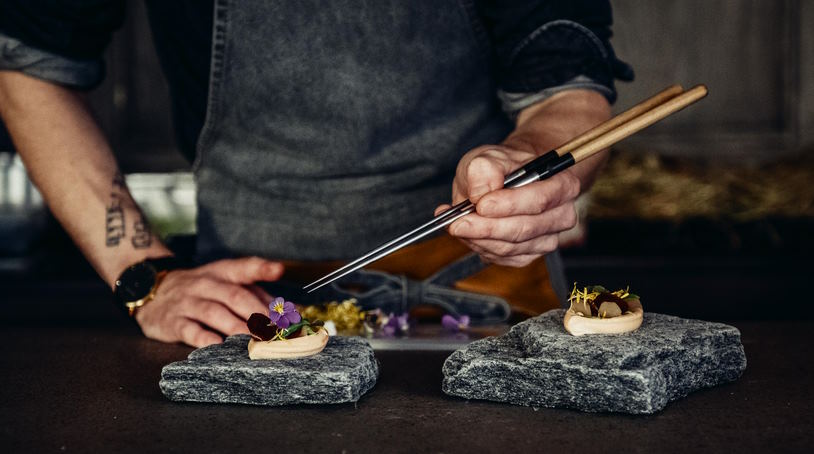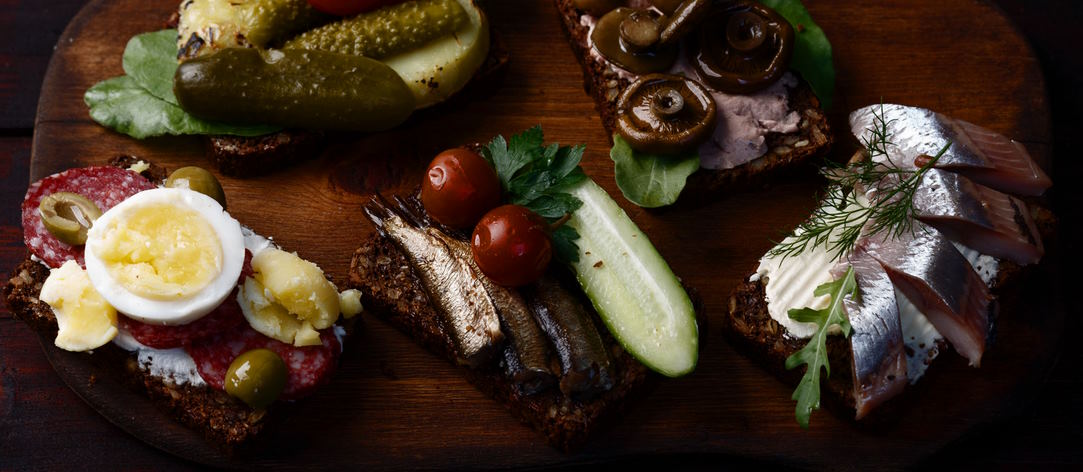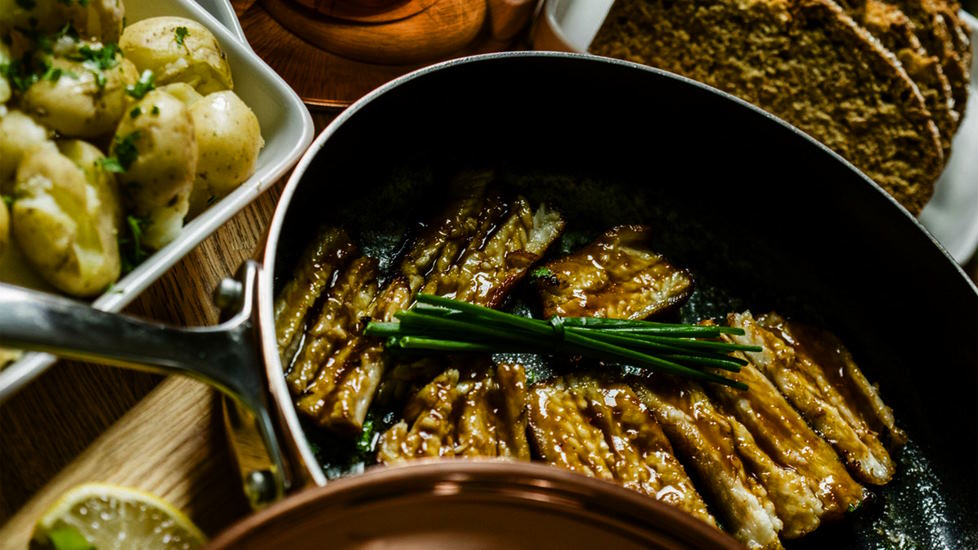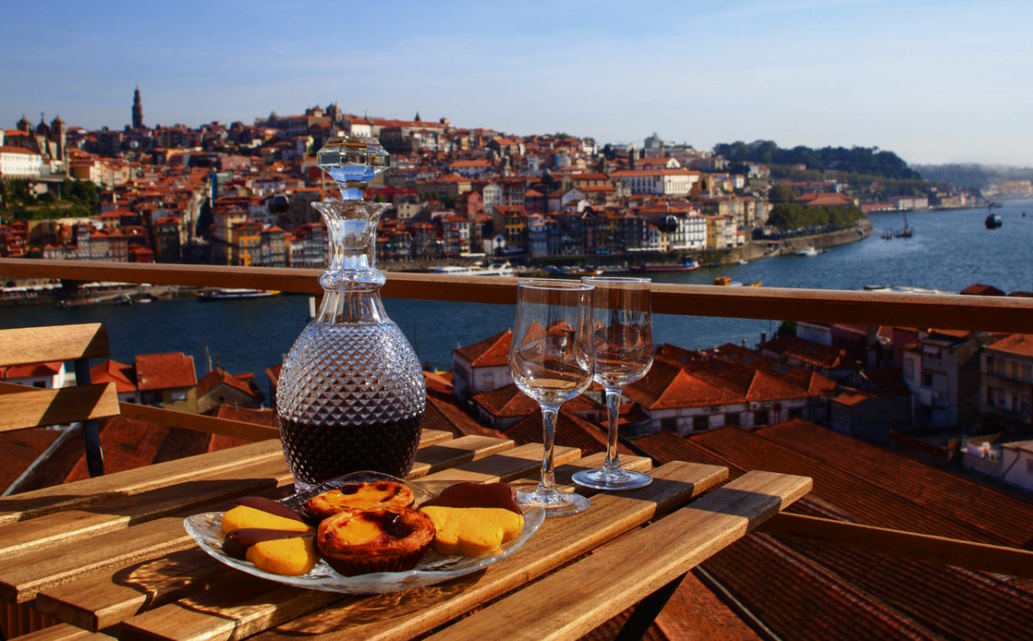The Nordic culinary scene has emerged as a captivating and influential aspect of Northern European culture, capturing the attention of food enthusiasts and gastronomes around the world. With its emphasis on local, seasonal, and sustainable ingredients, and innovative cooking techniques, Nordic cuisine has gained recognition for its unique flavors, minimalist presentation, and creative use of wild ingredients. From traditional preservation techniques to contemporary culinary innovations, Nordic cuisine offers a rich and diverse culinary heritage that reflects the history, culture, and geography of the Nordic countries, including Denmark, Sweden, Norway, Finland, and Iceland. In this article, we will explore the Nordic culinary scene, delving into its historical and cultural influences, key elements, signature dishes, contemporary chefs and restaurants, and its impact on the global gastronomic landscape. Join us on a culinary journey to uncover the culinary treasures of Northern Europe and discover the magic of Nordic cuisine.
Historical and cultural influences on Nordic cuisine
The historical and cultural influences on Nordic cuisine are diverse and fascinating, shaped by centuries of tradition and innovation. Each Nordic country, including Denmark, Sweden, Norway, Finland, and Iceland, has its unique food culture that reflects its geography, climate, and cultural heritage. The culinary traditions of the region have been influenced by a multitude of factors, including the Viking heritage, cultural exchanges with neighboring countries and regions such as Russia and the Baltic states, and modern innovations that are shaping Nordic cuisine today.
The Viking heritage, known for its seafaring and exploration, has left a lasting impact on Nordic culinary traditions. The Vikings were known to rely heavily on local ingredients, such as fish, game, and berries, which were abundant in their natural surroundings. These ingredients were preserved using techniques such as smoking, drying, and fermenting, allowing the Vikings to sustain themselves during long journeys and harsh winters. Today, Nordic cuisine still showcases these preservation techniques as an important part of their culinary heritage, with smoked and cured fish, dried meats, and fermented foods being popular ingredients in many traditional dishes.

Furthermore, Nordic cuisine has also been influenced by cultural exchanges with neighboring countries and regions. Russia and the Baltic states, for instance, have historically had significant trade and cultural ties with the Nordic countries, leading to the exchange of culinary techniques, ingredients, and flavors. For example, the use of pickled and fermented foods in Nordic cuisine can be traced back to the influence of Russian cuisine. The Baltic states have also contributed to the Nordic culinary scene with their rich traditions of preserving fish and meat, which have been incorporated into Nordic dishes, such as pickled herring and cured salmon.
In addition to historical influences, modern innovations are shaping Nordic cuisine today. Nordic chefs and restaurants have gained worldwide recognition for their innovative approach to cooking, utilizing cutting-edge techniques and creative use of local ingredients. There is a strong emphasis on sustainability and ethical sourcing, with a focus on using seasonal and locally-sourced ingredients, and reducing food waste. Modern Nordic cuisine also incorporates global flavors and techniques, resulting in a fusion of traditional and contemporary culinary styles. This blending of old and new, traditional and modern, has made Nordic cuisine a dynamic and evolving culinary scene that continues to captivate food enthusiasts around the world.
Key elements of Nordic cuisine
Key elements of Nordic cuisine are the foundation of its distinct culinary identity, characterized by an emphasis on local and seasonal ingredients, sustainability, traditional preservation techniques, unique flavors and ingredients, minimalist presentation, and creative use of wild ingredients.
Nordic cuisine places a strong emphasis on using local and seasonal ingredients, taking advantage of the natural abundance of the region’s resources. Locally-sourced ingredients are favored, with an emphasis on supporting local farmers and producers, and reducing the carbon footprint associated with food transportation. Seasonal ingredients are celebrated for their freshness and flavor, and Nordic chefs often highlight the unique flavors of each season in their dishes.

Sustainability and ethical sourcing are also key elements of Nordic cuisine. There is a deep respect for nature and the environment, and a commitment to responsible food practices. Nordic chefs and restaurants prioritize sustainable fishing and farming practices, as well as ethical treatment of animals. This includes using organic and biodynamic farming methods, promoting biodiversity, and reducing food waste through creative uses of leftovers and scraps.
Traditional preservation techniques are an integral part of Nordic cuisine, with curing, smoking, and fermentation being common methods used to preserve food. These techniques have been passed down through generations and are still used today in Nordic kitchens. Cured and smoked fish, such as salmon and herring, are popular ingredients in Nordic cuisine, as are fermented foods like pickled vegetables and dairy products, which add unique flavors and textures to dishes.
Unique flavors and ingredients are also characteristic of Nordic cuisine. Lingonberries, cloudberries, herring, and reindeer meat are some of the distinct ingredients that are commonly used in Nordic dishes, adding a burst of flavor and showcasing the regional diversity of Nordic cuisine. These ingredients are often sourced locally and play a significant role in creating the unique taste profile of Nordic dishes.
Minimalist presentation and clean, simple flavors are hallmarks of Nordic cuisine. Dishes are often presented in a simple and elegant manner, allowing the natural colors and textures of the ingredients to shine. The focus is on showcasing the inherent flavors of the ingredients, without overly complex or heavy sauces. Nordic cuisine is known for its clean, fresh, and balanced flavors that highlight the quality of the ingredients used.
Lastly, creative use of wild ingredients and foraging is a distinctive aspect of Nordic cuisine. Nordic chefs often venture into the wild to forage for unique and seasonal ingredients, such as mushrooms, herbs, and berries, which are used in their dishes to add depth and complexity. The use of wild ingredients adds a sense of adventure and connection to nature, further highlighting the close relationship between Nordic cuisine and the environment.




